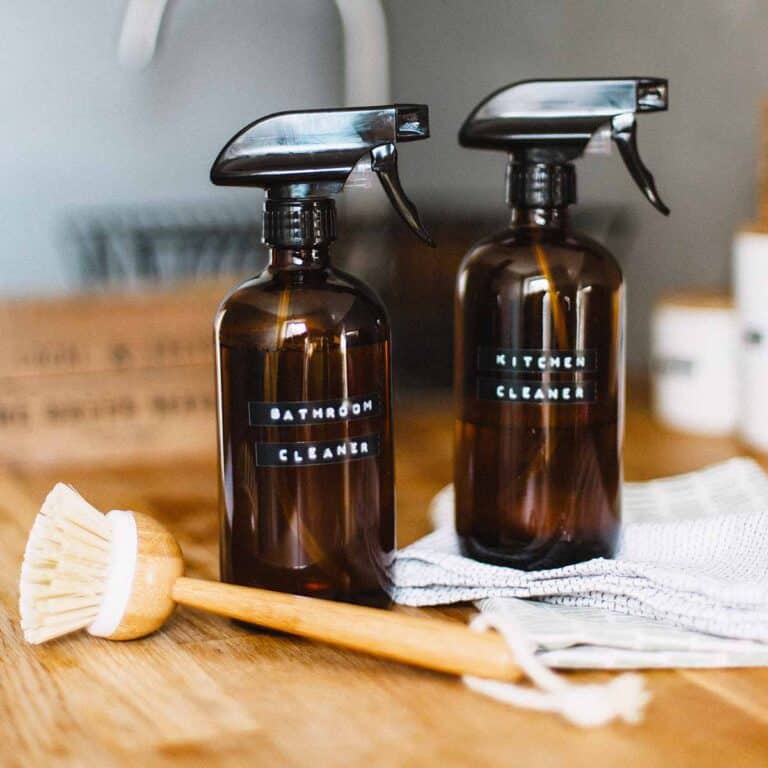Fix Holes/Tears in Memory Foam (Step-by-Step Guide)
Memory foam is a popular and durable type of material for pillows, mattresses, and mattress toppers.
But if it tears, repairing it ASAP is ideal to prevent further damage leading to a reduced lifespan.
There are a couple of forms the damage to your foam mattress may take and the steps to fixing them are outlined below.
Preparing for the Repair
Choosing the Adhesive
A key component of successful repair will be the chosen adhesive. Make sure it is compatible with memory foam. If in doubt, ask for assistance in the hardware store before buying.
The last thing you want is to see your mattress further damaged by a glue that dissolves the foam, or the tear re-appearing at the same spot and you have to repeat the entire process with a different adhesive.
In general, adhesives that do not work well with polyurethane need to be avoided.
Identifying the Damage
Next, you’ll need to identify the type of damage on the mattress. Is there a chunk of memory foam missing? Is it a stab wound (a slit)? Or is the foam torn along the surface?
Before commencing the repair, you would require some wax paper to put around the target area if you’re using a spray adhesive. This will help prevent the adhesive from going onto non-target surfaces making them sticky.
Spray adhesives make fumes too. Therefore, it is best to carry out the work outdoors or in a well-ventilated space.
How to Fix a Hole in a Memory Foam Mattress?
In order to fix the hole in your memory foam mattress, follow the steps below:
Step 1: Set up the working space.
Have proper protection in place and the mattress in a naturally-ventilated space.
Step 2: Apply the adhesive.
Ideally, you have the piece that was torn out of your mattress. If you do, spray adhesive onto the inner surface of the hole as well as the sides of the piece that you’ll plug into it.
Do not apply adhesive on the outside face of the piece as it forms the surface of your mattress.
Step 3: Wait before inserting the piece.
The adhesive you purchased will state how long to wait before pressing the surfaces with the adhesive together (typically 20 to 30 seconds).
Once you put the torn-off piece into the hole, hold it in place to make certain the surfaces are firmly in contact.
How long you will have to hold can vary depending on the instruction on the adhesive packaging.
Step 4: Let it sit, then test.
The final stage is simply to leave the mattress be for a time. Do not apply any weight on the affected area of the mattress until you test it a couple of hours later.
Press on the glued area to check that the torn-off piece has properly adhered to the mattress. If it is pulling apart because you haven’t followed the wait time as indicated on the adhesive instruction, you may have to repeat the process.
Your Option if the Torn-off Piece is Missing
In the event the piece is missing, you have to make a choice.
A shallow hole may be best left alone. This is particularly true if the piece that came off is small and does not affect the performance of the mattress.
On the other hand, a deep hole will require you to obtain additional memory foam that you can cut to size and insert into the hole. Do this by following the steps outlined above.
How to Fix a Ripped Memory Foam Mattress?
Repairing a ripped memory foam mattress or mattress topper is similar to fixing a hole in it.
For clarity, apply the following steps:
Step 1: Applying the adhesive.
Ensure that the two inner surfaces along the tear are clean and dust-free.
While applying the adhesive, be careful not to pull too hard and widen the tear.
Step 2: Press the sides together.
After waiting out the required time according to the instruction on the adhesive, press the two sides firmly together. You may want to use a tape or assistance from a helper if it’s a long tear.
Do not allow the surfaces to come apart until the adhesive gets sufficient time to bond.
Step 3: Wait for the adhesive to dry, then test the adhesion.
Typically, it will take several hours for the adhesive to set properly before you test the adhesion.
A sign that you could’ve used the wrong type of adhesive is if the surfaces still pull apart after following the wait time as indicated on the adhesive.






